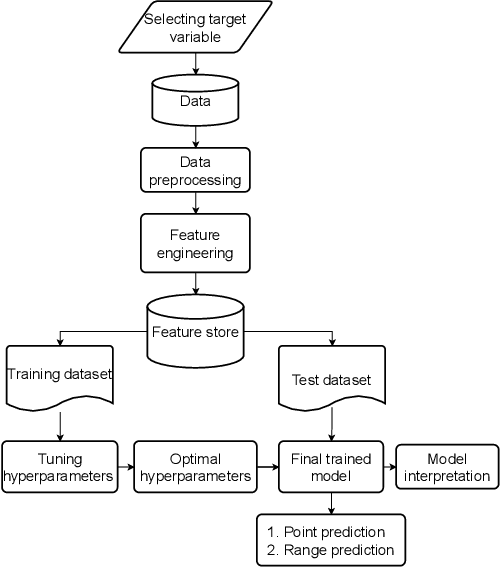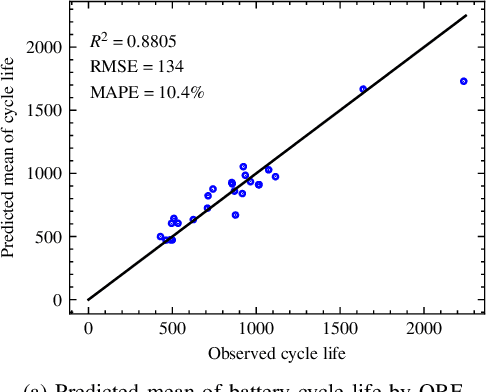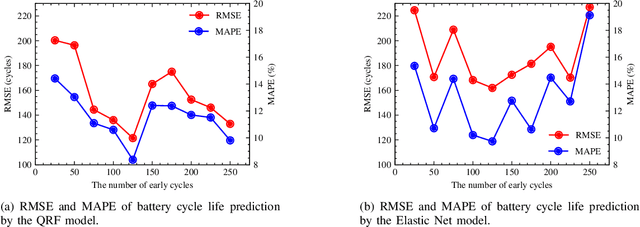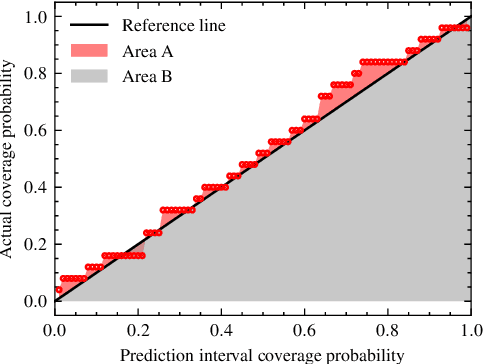Huang Zhang
Deep Learning-based 3D Point Cloud Classification: A Systematic Survey and Outlook
Nov 05, 2023Abstract:In recent years, point cloud representation has become one of the research hotspots in the field of computer vision, and has been widely used in many fields, such as autonomous driving, virtual reality, robotics, etc. Although deep learning techniques have achieved great success in processing regular structured 2D grid image data, there are still great challenges in processing irregular, unstructured point cloud data. Point cloud classification is the basis of point cloud analysis, and many deep learning-based methods have been widely used in this task. Therefore, the purpose of this paper is to provide researchers in this field with the latest research progress and future trends. First, we introduce point cloud acquisition, characteristics, and challenges. Second, we review 3D data representations, storage formats, and commonly used datasets for point cloud classification. We then summarize deep learning-based methods for point cloud classification and complement recent research work. Next, we compare and analyze the performance of the main methods. Finally, we discuss some challenges and future directions for point cloud classification.
Battery Capacity Knee Identification Using Unsupervised Time Series Segmentation
Apr 23, 2023



Abstract:Capacity knees have been observed in experimental tests of commercial lithium-ion cells of various chemistry types under different operating conditions. Their occurrence can have a significant impact on safety and profitability in battery applications. To address concerns arising from possible knee occurrence in battery applications, this work proposes an algorithm to identify capacity knees as well as their onset from capacity fade curves. The proposed capacity knee identification algorithm is validated on both synthetic degradation data and experimental degradation data of two different battery chemistries, and is also benchmarked to the state-of-the-art knee identification algorithm in the literature. The results demonstrate that our proposed capacity knee identification algorithm could successfully identify capacity knees when the state-of-the-art knee identification algorithm failed. The results can contribute to a better understanding of capacity knees and the proposed capacity knee identification algorithm can be used to, for example, systematically evaluate the knee prediction performance of both model-based methods, and data-driven methods and facilitate better classification of retired automotive batteries from safety and profitability perspectives.
Interpretable Battery Cycle Life Range Prediction Using Early Degradation Data at Cell Level
Apr 26, 2022



Abstract:Battery cycle life prediction using early degradation data has many potential applications throughout the battery product life cycle. Various data-driven methods have been proposed for point prediction of battery cycle life with minimum knowledge of the battery degradation mechanisms. However, management of batteries at end-of-life with lower economic and technical risk requires prediction of cycle life with quantified uncertainty, which is still lacking. The interpretability (i.e., the reason for high prediction accuracy) of these advanced data-driven methods is also worthy of investigation. Here, a physics-informed Quantile Regression Forest (QRF) model is introduced to make cycle life range prediction with uncertainty quantified as the length of the prediction interval, in addition to point predictions with high accuracy. The hyperparameters of the QRF model are tuned with a proposed area-based performance evaluation metric so that the coverage probabilities associated with the prediction intervals are calibrated. The interpretability of the final QRF model is explored with two global model-agnostic methods, namely permutation importance, and partial dependence plot. The final QRF model facilitates dual-criteria decision-making to select the high-cycle-life charging protocol with consideration of both point predictions and uncertainty associated with the prediction.
 Add to Chrome
Add to Chrome Add to Firefox
Add to Firefox Add to Edge
Add to Edge